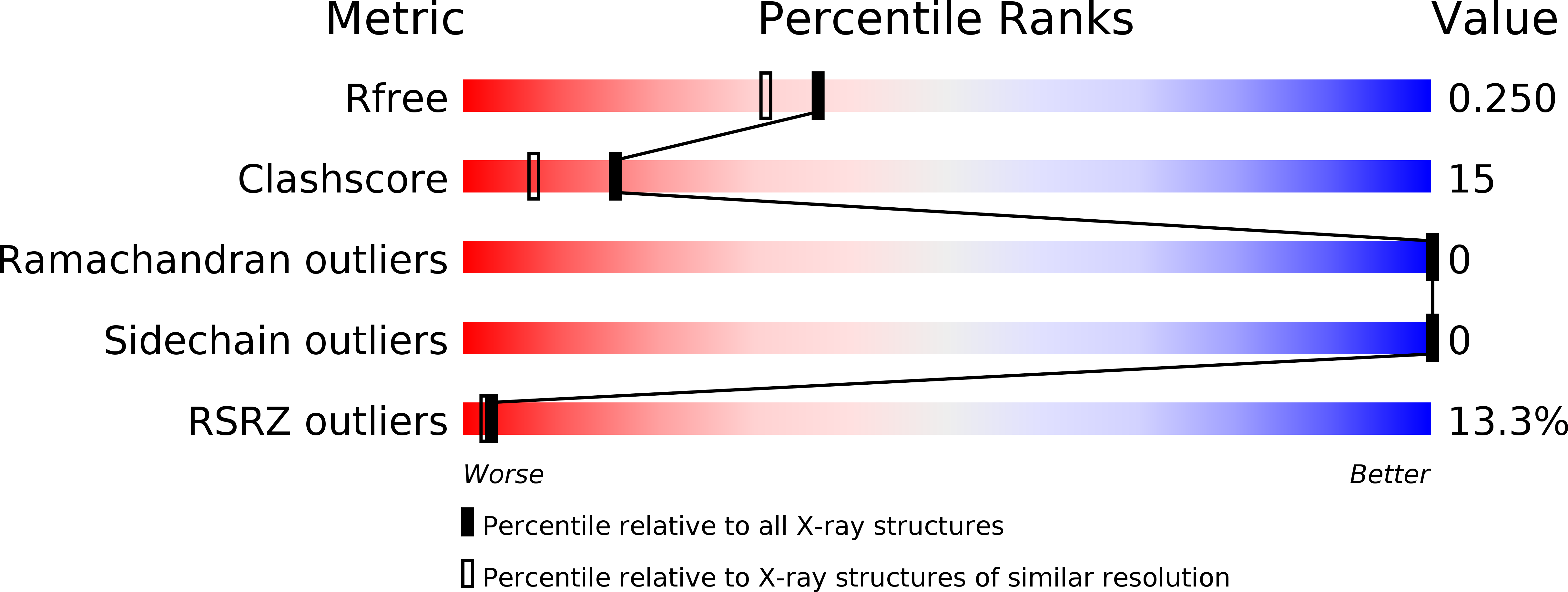
Deposition Date
2003-06-16
Release Date
2004-07-06
Last Version Date
2023-10-25
Method Details:
Experimental Method:
Resolution:
2.05 Å
R-Value Free:
0.24
R-Value Work:
0.21
R-Value Observed:
0.21
Space Group:
P 43


